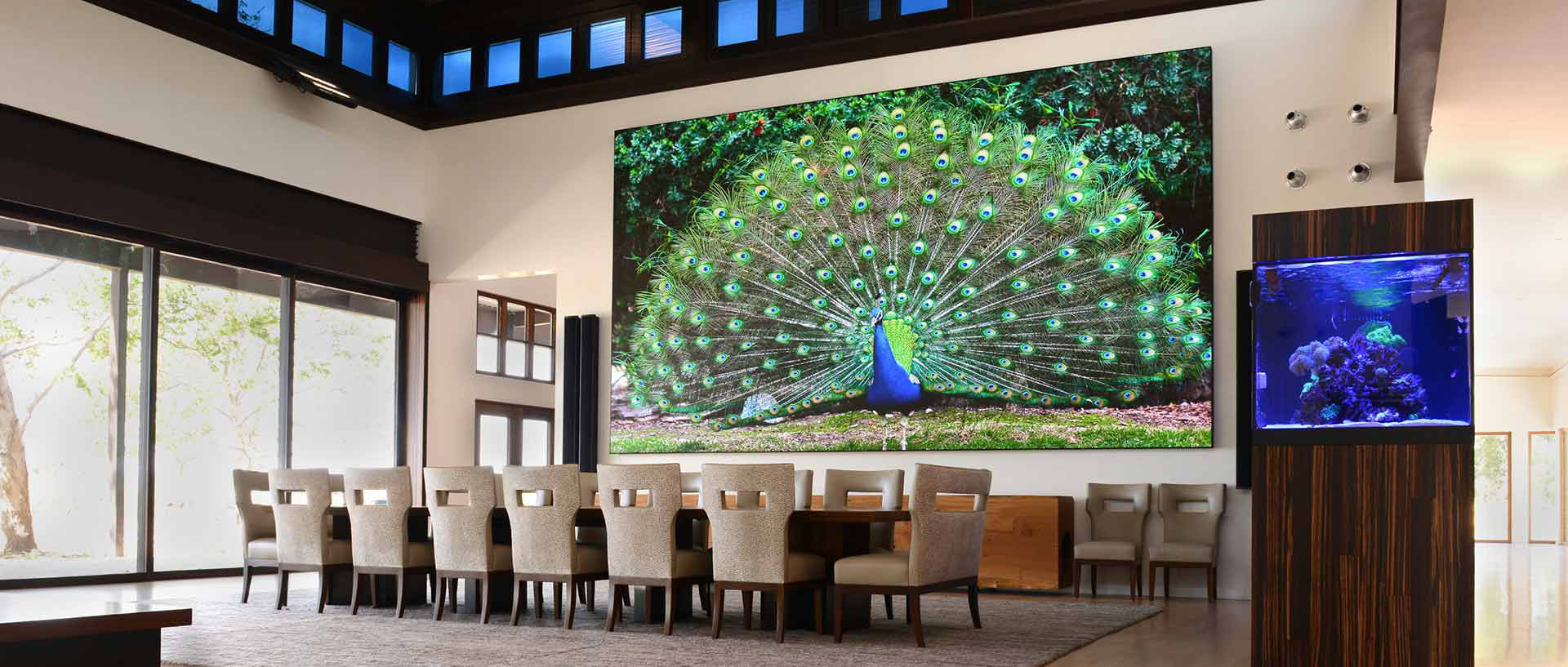Exploring the Longevity of LED Display Panels in Contrast to Traditional Display Methods
Exploring the Longevity of LED Display Panels in Contrast to Traditional Display Methods
Blog Article
LED wall screens have become increasingly favored in recent years, particularly in environments like educational institutions, corporate spaces, and community spaces. These panels use LED diodes (LEDs) to produce vivid and vibrant images. One of the most notable benefits of LED technology is its longevity compared to conventional screen technologies, such as CRT tube monitors (CRTs) and liquid crystal screens. Grasping the differences in lifespan and functionality between these options can help buyers make informed decisions about their display needs.
Classic display methods, like CRTs, have been present for many years. They were frequently used in televisions and computer screens. However, CRTs have a shorter duration, generally lasting around 10,000 to 20,000 hrs of use. This means that after a couple of years, users may observe a decline in image quality, such as dimming or hue distortion. In contrast, LED panel panels can last significantly longer, frequently exceeding 50,000 hours. This extended duration means that consumers can enjoy reliable functionality without the requirement for frequent substitutions.
Another important factor to take into account is energy efficiency. LED panel panels consume less energy than traditional displays, which not only benefits the ecosystem but also reduces power costs. For example, while a CRT screen may use around 100 W of energy, an LED panel can consume as little as 30 to 50 W. This difference in power usage contributes to the overall longevity of LED technology, as reduced power consumption generates less heat. Excess heat can harm electrical components, resulting to a shorter duration for traditional screens.
In addition to their extended lifespan and energy efficiency, LED wall screens also provide superior image quality. They provide more vivid hues and improved differentiation, making them ideal for various applications, from advertising to learning presentations. The technology behind LED screens allows for a broader sight perspective, meaning that images stay sharp and vibrant even when viewed from the flank. This is a major benefit over traditional screens, which frequently experience from color deformation and diminished luminosity at broader angles.
In conclusion, the longevity of LED panel panels in contrast to conventional display technologies is a key aspect for consumers to take into account. With lifespans that can surpass 50,000 hours, energy conservation, and superior image clarity, LED innovation offers many advantages. As technology continues to progress, LED panel panels are navigate here probably to become even more prevalent in multiple environments. Grasping these distinctions can help individuals and entities make better choices when purchasing in screen innovation, guaranteeing they receive the optimal worth for their requirements.